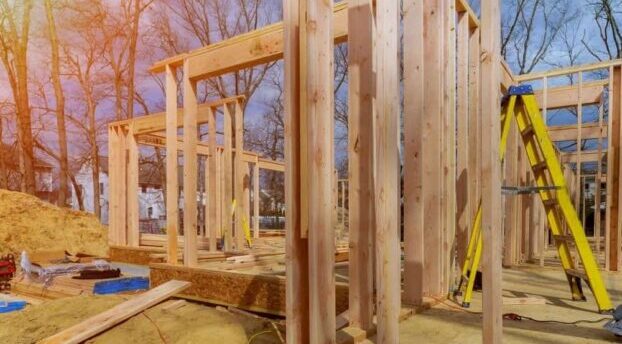Where should growth go? Cumberland supervisors sign off on plan
Published 12:34 am Friday, December 22, 2023
|
Getting your Trinity Audio player ready...
|
The goal in Cumberland County is to drive growth to six “village centers” in the years to come. That’s one of several details laid out in the county’s new comprehensive plan, which was unanimously adopted by Cumberland supervisors in their Tuesday, Dec. 14 meeting.
“Directing growth to central village centers will help create local environments for Cumberland’s citizens to thrive in,” the plan states. “Rather than allowing development to sprawl across the County and encroach on agricultural areas, high quality development can be maintained in specified village centers.”
The village centers include the Randolph area, north of Randolph, the Cartersville area in the north of Cumberland, the Cobbs Creek Reservoir area also in the north, the identified “rural crossroads” areas throughout the County, and Cumberland’s namesake and central courthouse area. For example, the courthouse area is seen as a place to bring in new mixed use, commercial and residential growth, along with “amenity-filled public spaces for the community to gather.”
Randolph, meanwhile, would be a place for “diverse housing options, commercial units and comfortable pedestrian and alternative transportation connections to Farmville.” And then there are the rural crossroads areas. Now by that, the county is referring to places like Trents Mill, Hatcher, Hamilton, Whiteville, Ashby, Stoddert, Raines Tavern and Cotton Town. Here would only be smaller scale stores and some new housing.
How would it work?
The idea here is to continue to develop unique community identities for each “village center”. While the comprehensive plan was being developed, residents kept talking about how they go to Goochland County to shop or take part in events. Others in central Cumberland head over to Powhatan to get their shopping done, while some folks in Randolph say they actually think of themselves more as members of the Farmville community than Cumberland.
“While identifying with multiple places is not a problem, it appears that Cumberland County’s self-identity needs reinforcement,” the plan states. “Cumberland is not its neighbors and may have similar or completely different challenges unique to its residents.”
As to how you make all of this happen? First, the county will set up a street grid as opportunities become available in each “village center”. Then that grid can be used to help shape growth and development. Then you work with residents in each of these areas to develop small areas plans. So what does that mean? Let’s refer back to the plan.
“This process should involve outreach to property owners in the area, and should focus on the mix of uses, the public realm, and architectural details,” the comprehensive plan states. “Small area plans should include details regarding streetscape improvements, desired mix of uses, guidelines for architectural design, and other features that will guide development and County decisions.”
Other parts of the project include the county buying land in the Courthouse area to develop a public park or “town square”, which could be used for things like a farmers market. The county is also looking at restoring the “Old Jail” building, turning it into a Cumberland Visitors Center.
And finally, this part of the plan calls for the county to secure funding and create a trail, one that runs from Courthouse to Bear Creek State Park.
Cumberland supervisors focus on preservation
Now beyond the growth targets, Cumberland supervisors (and residents) also want to focus on preservation. Specifically, the comprehensive plan calls for any growth and development to be considered based on how it fits with “preserving the quality of the County’s soil, air, and water, and maintaining the rural character and agricultural economies.”
The idea here is to keep the county rural and by doing so, “make Cumberland an excellent place to live for future generations.”
How will they do that? Partly by amending the zoning ordinance to allow working farms to diversify their income. That means farm based sales, agritourism, farm events, and other agricultural enterprises. The county would also explore the development of new agricultural product opportunities and industries supporting local farming including those relating to processing of agricultural produce, packaging, marketing and transportation.
“The Board of Supervisors have repeatedly shown their commitment to the long-term planning and focus on the future for Cumberland County,” said Supervisors Chairman Brian Stanley. “Safety, opportunity, and prosperity for all residents while respecting our rural, historical and agricultural heritage has been our focus from the beginning and this plan appropriately captures those values.”
The Comprehensive Plan process began in December of 2022 with the retainment of consulting services from Summit Design and Engineering Services, Inc. The 12-month process included an extensive public engagement process including the establishment of a comprehensive plan website, eleven public meetings and focus group sessions, and surveys.
Over 300 surveys were completed during the public engagement process.
What is a comprehensive plan?
Comprehensive Plans are high-level long-term planning and land use documents and are required by Virginia State Code to be updated or reviewed every five years. The adopted plan will replace the previously approved plan from 2013. The Cumberland County Comprehensive Plan also includes a 25 Year Public Facilities Master Plan and the previously adopted Parks and Recreation Master Plan.






